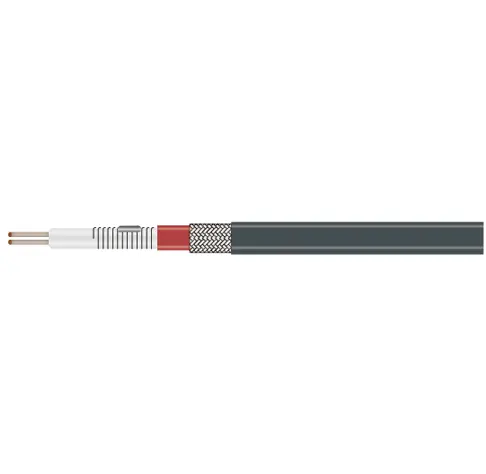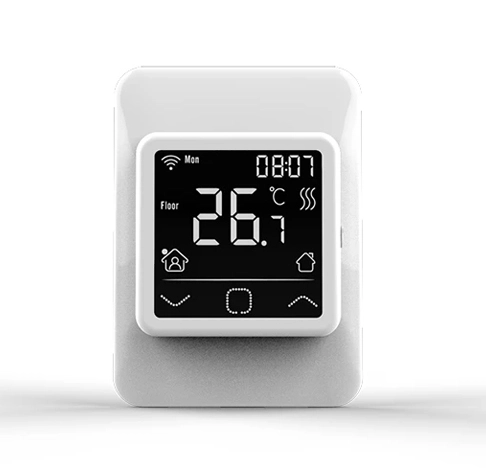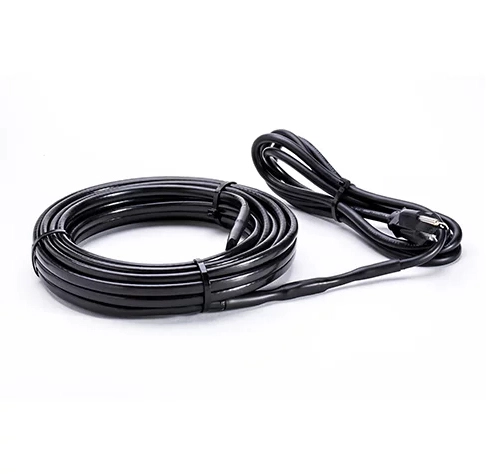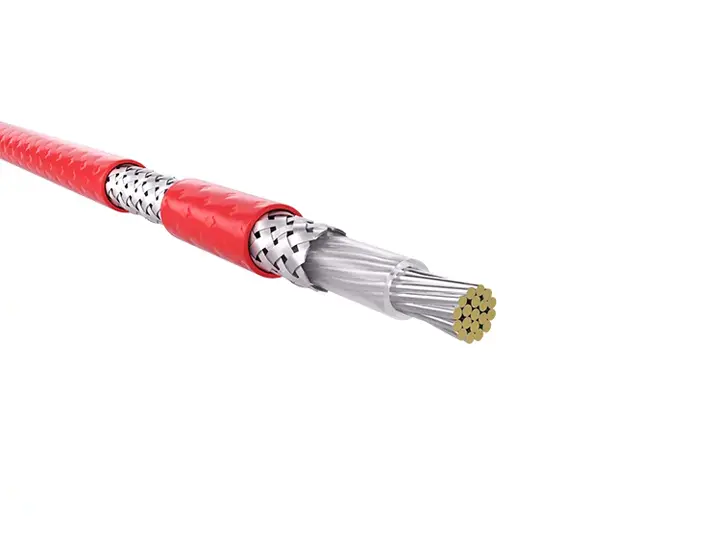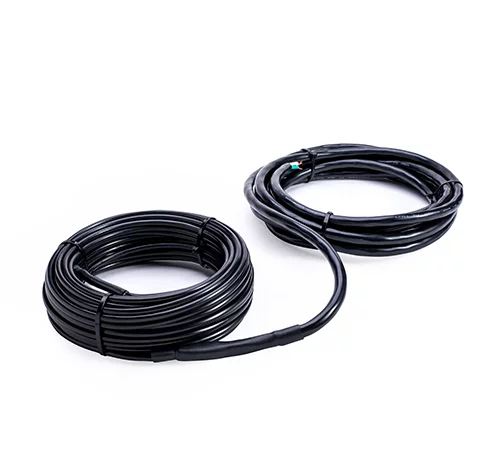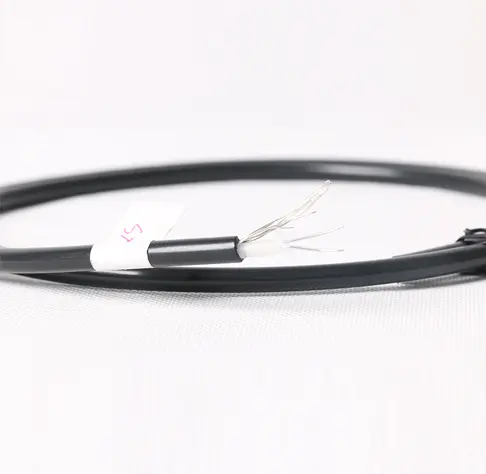Anti-Freeze and Anti-Condensation to Ensure Continuity in Production
In the petrochemical industry, a large number of pipelines are required to transport various liquid and gas materials. In low-temperature environments, these materials can easily solidify or increase in viscosity, affecting transportation efficiency. Electrical heat tracing can be installed on the outer wall of the pipeline, providing continuous heat to maintain the fluidity of the materials within the pipeline. For example, in the transportation of oil pipelines in cold regions, electrical heat tracing can prevent crude oil from solidifying, ensuring smooth and unobstructed pipeline transport and thus ensuring continuity in production.
Storage Tank Insulation to Improve Energy Utilization Efficiency
Storage tanks in the petrochemical industry are typically used to store various liquid materials such as crude oil, refined oil, and chemical raw materials. In low-temperature environments, the materials inside the storage tanks can easily solidify or stratify, affecting the quality of storage. Electrical heat tracing can be installed on the outer wall or bottom of the storage tank, providing heating to ensure uniform temperature of the materials. This not only maintains the temperature of the medium but also reduces heat loss, improving energy utilization efficiency. For example, for storage tanks storing liquefied gas, electrical heat tracing can prevent incomplete vaporization due to excessively low temperatures, ensuring safe operation of the storage tanks.
Precise Temperature Control to Enhance Product Quality
The electrical heat tracing system can interact with intelligent temperature control devices to precisely adjust the temperature according to process requirements. This precise temperature control ensures that the materials in the production process react or are stored within the optimal temperature range, thereby improving product quality and purity. Additionally, through intelligent temperature control, the electrical heat tracing system can also avoid unnecessary energy waste, reducing production costs.
Easy to Install with Low Maintenance Costs
Electrical heat tracing is flexible and lightweight, allowing it to be easily bent and laid according to the shape of pipelines, storage tanks, and other equipment. Installation is very convenient. Additionally, the installation of electrical heat tracing does not require large mechanical equipment, reducing installation costs and time. Furthermore, electrical heat tracing has a long service life and high reliability, generally not requiring frequent replacements and maintenance, thereby reducing maintenance costs.
Safe and Reliable to Reduce Safety Risks
Electrical heat tracing systems use explosion-proof materials and designs suitable for flammable and explosive environments in the petrochemical industry, reducing fire and explosion risks. Additionally, electrical heat tracing does not produce open flames during operation, eliminating fire hazards. Furthermore, electrical heat tracing uses low voltage power supply, effectively reducing the risk of electric shock. Its insulation and waterproof performance are also excellent, ensuring safe operation in various harsh environments.
Environmentally Friendly and Energy-Saving in Line with Green Development Trends
Compared with traditional heating methods, electrical heat tracing has higher thermal efficiency, directly converting electrical energy into thermal energy, reducing energy waste. At the same time, electrical heat tracing does not produce pollutants during operation, making it environmentally friendly. With the global emphasis on environmental protection and energy efficiency, the petrochemical industry is facing the challenge of transitioning from traditional production modes to green and intelligent operations. The widespread application of electrical heat tracing technology is not only a technological innovation but also an important practice in the petrochemical industry's response to the "dual carbon" goals, achieving green and low-carbon production.
In summary, electrical heat tracing has significant advantages in the petrochemical industry. These advantages make electrical heat tracing an indispensable heating and insulation equipment in the petrochemical industry. With continuous technological progress and development, electrical heat tracing will continue to innovate and improve, providing more reliable, efficient, and safe heating and insulation solutions for the development of the petrochemical industry.
Flexible Adaptation to Meet Complex Environmental Demands
The production environment in the petrochemical industry is often complex and variable, including high temperatures, high pressures, corrosive substances, flammable and explosive conditions, and other extreme conditions. Electrical heat tracing, with its flexibility and adaptability, can well meet the demands of these complex environments. Whether installed in narrow spaces or facing high temperatures and corrosive materials, electrical heat tracing can provide stable heating effects, ensuring smooth production processes.
For example, in petroleum refining processes, some high-temperature and high-pressure pipelines and storage tanks need to maintain specific temperatures to prevent material deterioration or leakage. Electrical heat tracing can adapt to these high-temperature, high-pressure environments, ensuring that the temperature of the materials in the pipelines and storage tanks remains within a safe range through precise temperature control.
Customized Services to Meet Special Needs
The different production processes and equipment in the petrochemical industry often have different heating and insulation requirements. Electrical heat tracing manufacturers can provide customized solutions based on the specific needs of customers. This includes selecting suitable heating materials, designing reasonable heating power, and temperature control strategies.


